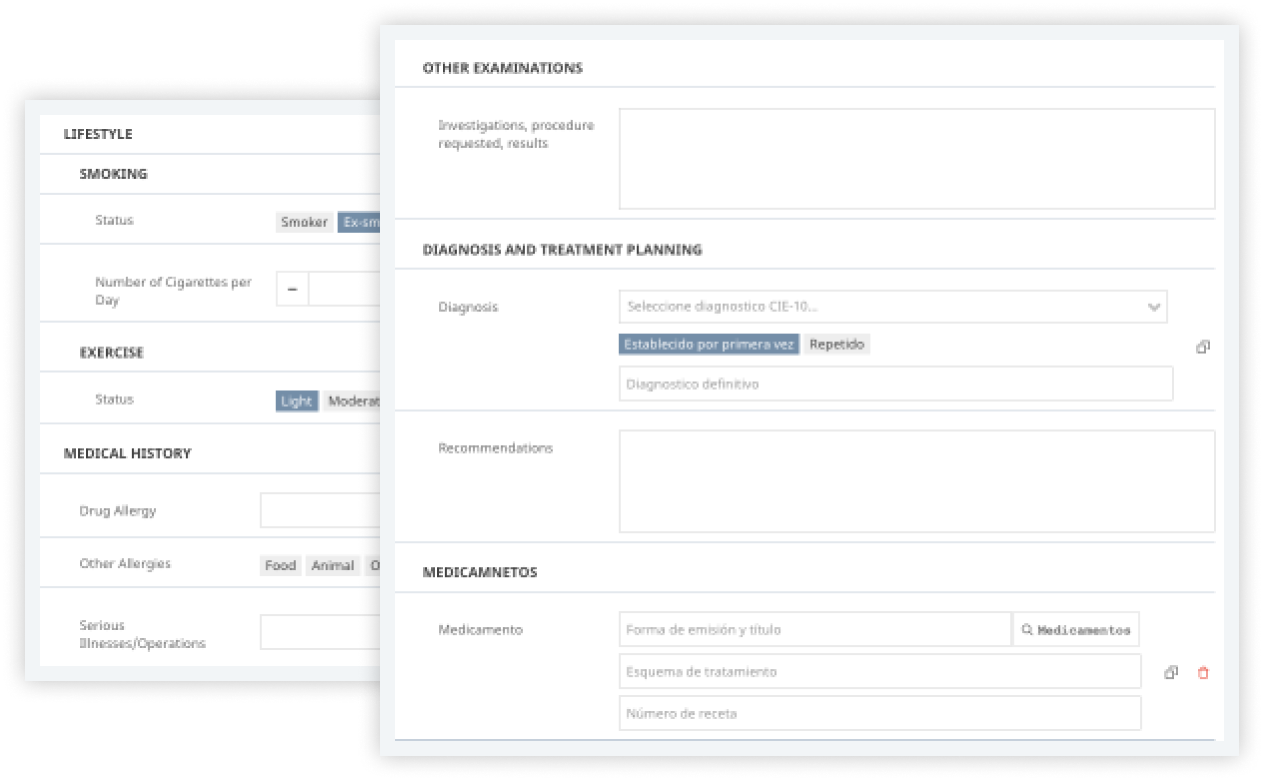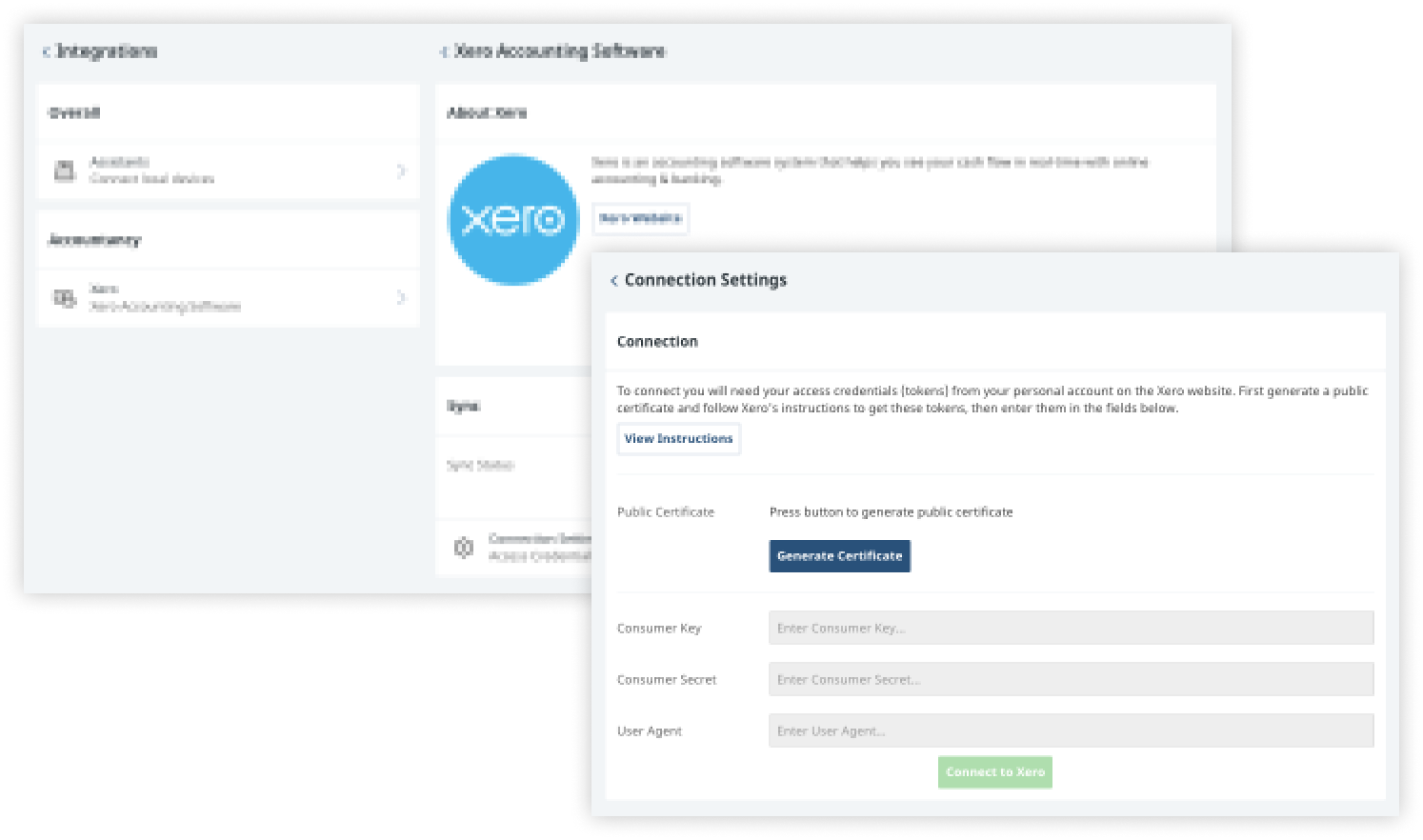
Taking the healthcare system fully digital is one of the hottest topics around at the moment. Even if you don’t yet realise why it’s a good idea to switch to using electronic health records, you are surely still aware of the push to do so. Here in this article, we are going to discuss the benefits of using digital solutions in medical practice.
Learn how to simplify your practice workflow and free up more time for patients with Medesk.
Open the detailed description >>The Inherent Flaws of Paper-based Practice
Many of the disadvantages of using paper to record and store medical notes are shared with the downsides of paper usage in general. In other words, paper is in many ways worse than digital tools in just about every situation you can imagine even outside of medicine.
Here are some of the most common problems you have probably encountered when using paper in healthcare:
- Handwriting can be illegible to both colleagues and scanners
- Specific pages can be missing or fall out during transport, e.g. letters, lab results
- Shared electronically only if scanned and sent manually, e.g. secure attachments
- Not structured data that can be analysed automatically, e.g. for trends
- Information is retrieved slowly, e.g. upon request
- Expensive to copy, transport and store
- Easy to destroy, e.g. shredder, fire, theft, misplacement, water
- Hard to track who has viewed the information, i.e. no audit trail
- Environmental impact
Medesk helps automate scheduling and record-keeping, allowing you to recreate an individual approach to each patient, providing them with maximum attention.
Learn more >>The Clear Advantages of an Electronic Health Record
Now that we have covered most of the problems that can arise from relying solely on paper-based medical records, the advantages of using an electronic health record are much clearer to you. With that in mind, it’s time to switch perspectives. Let’s take a look at what is so superior about recording and storing patient information in an electronic health record.
Improved Quality of Care
The more information you have to hand when looking after your patients, the higher your quality of care should be. Naturally, much of practice management is focused on the overall running of your business and other non-clinical aspects. However, the best software solutions are those that enable you to improve the quality of care you provide your patients at the same time as optimising your clinic as a healthcare business.
Use the following digital tools inside your practice management platform for a greater quality of care:
- Search the ICD-10 database to record precise diagnoses for individual patients
- Open up the exact NICE pathways you need for clinical excellence and patient education
- Automatically produce prescriptions with the help of the BNF online database
- Search any drug profile for the specific information you need for proper decision-making
- Template your note-taking for standardised clinical processes every single time

Discover more about the essential features of Medesk and claim your free access today!
Explore now >>Boost Job Satisfaction and Patient Experience
How your patients feel about your services is heavily dependent on how they are treated at the time of their visit. Given the pressure that reception teams are placed under, any workflow inefficiencies become rather obvious. Switching over to using electronic health records is just not about going digital for the sake of it. When you take your clinic into the cloud, your practice management software provider should be able to help you optimise your workflow at the same time. Improve your colleagues’ job satisfaction and boost patient experience as a result of:
- Understanding workload and adapting to share the burden
- Click-button schedule to book patients with their preferred time, date and doctor
- Generating business performance reports automatically
- Linking delegated tasks directly to patient records and appointments
- Cutting down on unnecessary workflows and digitising the rest

Save Money and Invest in Your Clinic
The right practice management solution should be considered as an investment rather than an expense. By optimising all of your business processes, you will end up saving much more money than you have spent on a good software platform. This is because the best tools are those that act as unified ecosystems rather than standalone products, something that is especially important when it comes to tracking and optimising your promotional activities.
Here’s how you can save money by switching over to an EHR with client relationship management tools:
- Track the performance of each patient acquisition channel with unique online booking links
- Learn when and why prospective patients are dropping off your booking platform at different points
- Send automated appointment reminders using a medical CRM
- Find out which patients have yet to pay for your services
- Take and receive calls directly inside the platform for optimal efficiency at the reception desk
Bring Your Data Together In One Place
Having all your patient information in one place is a benefit you can understand even when it is limited to paper. For example, imagine you are back on the ward during your house officer days. Seeing all the latest bloods in exactly the right place in the patient record is a godsend when you’re in the middle of a ward round. It’s almost exactly the same when it comes to having all your digitised data in one place, with one important overriding distinction.
Unifying of all your digital records means that you can:
- Analyse an individual patient’s progress
- Provide the best quality of care
- Improve clinical effectiveness
- Discover overall trends in your clinical and business practice
- Understand your typical patient for promotional purposes
Integrate Services for Smoother Workflows
Digitising your existing note-taking procedures is certainly a good starting point but it’s by no means all you should be thinking about when going over to electronic health records. After all, using an EHR on its own still means you have to manually add blood results, scan reports and all sorts of additional information that you rely upon to provide an accurate diagnosis and treatment plan. That’s not to mention having to toggle between an untold number of different digital platforms to get the information you need.
Your practice management system should include or at least be able to integrate with:
- Online booking that tracks acquisition channels and updates your diary
- Digital payment services like Stripe to encourage prepayments and reduce no-shows
- Automated email and/or text messaging like Text Magic for appointment confirmation and reminders
- Labs like TDL for sending requests and receiving results for investigations
- Accounting platforms like Xero for accurate billing and bookkeeping
- End-to-end analytics like Google Analytics to optimise patient acquisition and online booking



